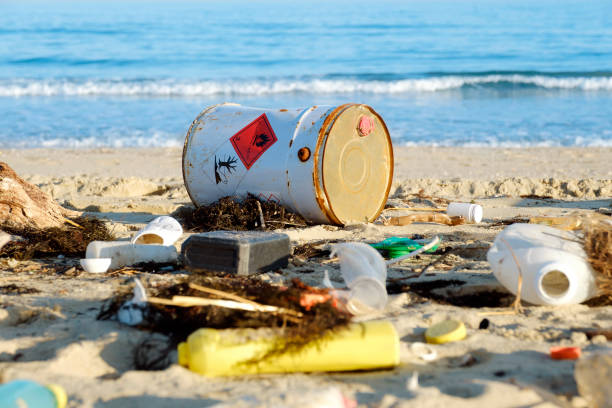Isopropyl Acetate

Parameter Type: Drinking Water Testing for Volatiles
Parameter Name: Isopropyl Acetate
What it is and Where it Comes From:
Isopropyl acetate is an ester, an organic compound which is the product of esterification of acetic acid and isopropanol. It is a clear, colorless liquid with a characteristic fruity odor. Isopropyl acetate is a solvent with a wide variety of manufacturing uses that is miscible with most other organic solvents, and moderately soluble in water. It is used as a solvent for cellulose, plastics, oil and fats. It is a component of some printing inks and perfumes. Isopropyl acetate decomposes slowly on contact with steel in the presence of air, producing acetic acid and isopropanol. It reacts violently with oxidizing materials, and it attacks many plastics. Isopropyl acetate is quite flammable in both its liquid and vapor forms, and it may be harmful if swallowed or inhaled. Drinking water testing gives you several benefits like peace of mind, identifying contaminants in your water, and insight into health concerns. Safe Home offers Laboratory drinking water testing kits for Isopropyl Acetate, allowing you to collect your water sample and ship it directly to our EPA-Certified Laboratory. This platform of drinking water testing for Isopropyl Acetate will give you an accurate level based on the lowest level of a parameter our instruments can detect (Method Detection Level). Safe Home drinking water testing for volatiles can be used for city and well water supplies. Drinking water testing should be done any time you notice a significant change in your water quality.
Health Effects:
High exposure can cause headache, drowsiness, poor muscle coordination, unconsciousness and coma. Isopropyl Acetate may affect the liver. Repeated exposure may cause bronchitis to develop with a cough, phlegm, and or shortness of breath.
Solutions to Contaminant Levels:
You have completed the drinking water testing process, what are the next steps? A filter with granular activated carbon (GAC) is a proven option to remove certain chemicals, particularly organic chemicals, from water. GAC filters can be used to remove chemicals that give objectionable odors or tastes to water such as hydrogen sulfide (rotten eggs odor) or chlorine. Reverse osmosis is a process that removes foreign contaminants, solid substances, large molecules, and minerals from water by using pressure to push it through specialized membranes. Here’s how reverse osmosis works. Unlike osmosis, which is a passive process, reverse osmosis requires external force (pressure) to work. Pressure is applied to a highly concentrated solute solution, such as salt water, to pass through a membrane to a lower concentrate solution. The membrane allows water to flow through but blocks out larger molecules, like contaminants. The reverse osmosis process leaves higher concentrations of solute on one side and only the solvent, or freshwater, on the other. Who do I need to contact to find out more information about water quality in my area? Every community water supplier must provide an annual report to its customers, known as a Consumer Confidence Report (CCR). The report provides information on your local drinking water quality, including the water’s source, contaminants found in the water, and how consumers can get involved in protecting drinking water. How often does the local public water system preform drinking water testing? Frequency of drinking water testing depends on the number of people served, the type of water source, and types of contaminants. Certain contaminants are tested more frequently than others, as established by the Safe Drinking Water Act. You can find out about levels of regulated contaminants in your treated water for the previous calendar year in your annual Consumer Confidence Report (CCR).


